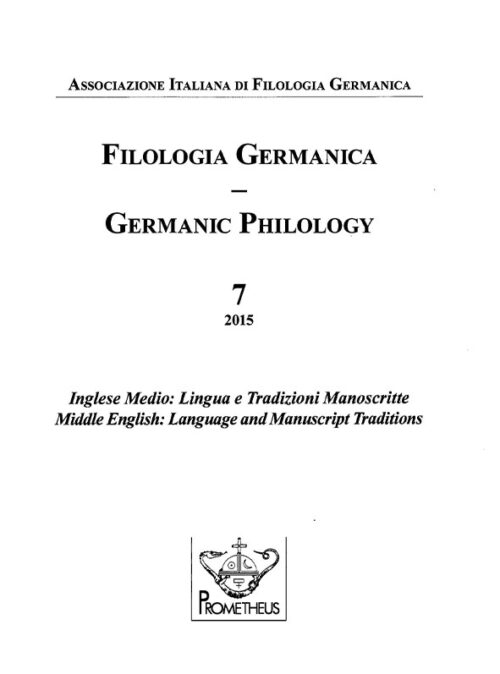Compactness of expression in Middle English legal documents
DOI:
https://doi.org/10.14672/fg.v7i.2591Abstract
This is a study of opening and closing formulae in Middle English legal documents. Legal documents have sometimes been overlooked in syntactic study because of their repetitive and formulaic nature. However, legal language must be conservative in its lexical and syntactic choices in order to avoid ambiguity in the communication of information; at the same time, its very specific functions also make it innovative, especially in the formative period when vernacular models are being developed for legal genres. Judging by the documents in the Northwest Midland Document Corpus, vernacular documents are highly formulaic in the 15th and early 16th centuries, and also seem to have been prone to changes of phrasing in the common clauses. In particular, the present material shows a clear diachronic change in the formulae relating to the authentication and witnessing of the documents. The development of two main types of formulae are included in the study: (1) a change from ‘this x bears witness that’ to ‘this x witnesses that’, and (2) a change from ‘in witness of the which thing’ to ‘in witness whereof’. Both types of formulae seem to undergo what Rissanen refers to as “compactness of expression”; noting in particular the tendency in legal language to favour compound adverbs such as thereof. Much in line with Österman’s findings for these compounds, the study shows a clear preference for compound adverbs in the later part of the period studied, that is, in the late 15th and early 16th centuries. Interestingly, the changes seem to happen at different paces in the three main counties included in the study: Cheshire, Staffordshire and Shropshire.
Pubblicato
Fascicolo
Sezione
Licenza

Questo lavoro è fornito con la licenza Creative Commons Attribuzione - Condividi allo stesso modo 4.0.
CC-BY-SA



